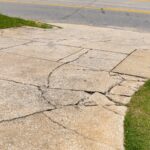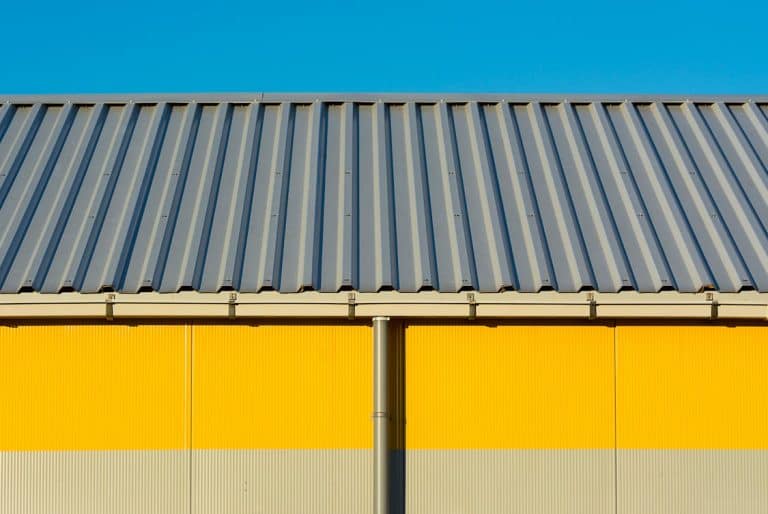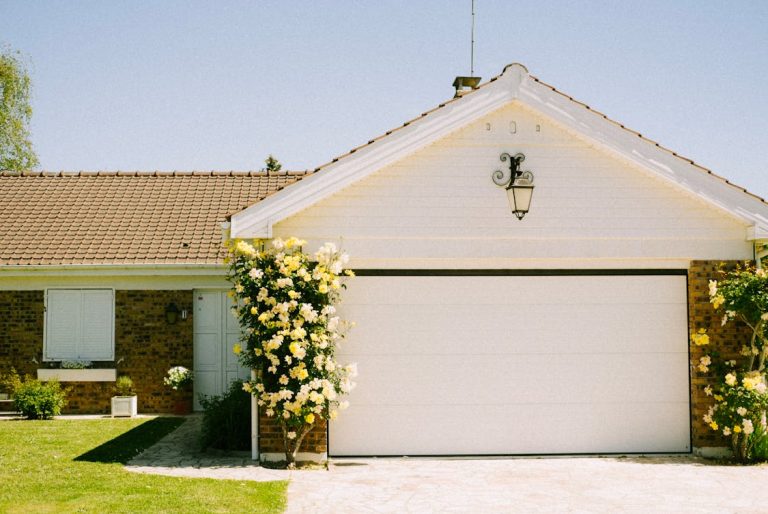When considering enhancements to your home, not all renovations are created equal. While homeowners typically spent over nine thousand dollars on upgrades in the past year, some of those changes may not contribute to the home's market worth. In fact, certain improvements could even lower a property's appeal to potential buyers. From installing a swimming …
Home Renovations That Can Decrease the Value of Your Home: Surprising No-Nos

When considering enhancements to your home, not all renovations are created equal.
While homeowners typically spent over nine thousand dollars on upgrades in the past year, some of those changes may not contribute to the home‘s market worth.
In fact, certain improvements could even lower a property’s appeal to potential buyers.
From installing a swimming pool to embarking on a garage conversion, there are several projects that homeowners might assume will increase their home’s value but might actually do the opposite.
For instance, while personal touches like bold paint or an elaborate garden might reflect your style, they could discourage buyers looking for a more neutral canvas they can make their own.
1. Overuse of Wallpaper
Although wallpaper may be returning as a trendy decor choice, personal taste in patterns and colors can vary greatly, affecting a home’s broad appeal.
On an average note, for a room size of 12×18 feet using standard vinyl wallpaper, homeowners might pay between $800 to $1,200, typically hovering around $1,000.
It’s wise to consider that these costs often do not add to the home’s resale value.
Removing wallpaper can be both labor-intensive and messy, a prospect that may deter future homeowners.
Over time, the condition of wallpaper can decline, leading many to opt for its removal, which can be a daunting task and is a point of consideration when assessing the property’s value.
2. Outdated Built-In Electronics
- Home theaters with specialized tech might not appeal to all buyers.
- Such personal touches can make a home less desirable on the market.
- Over time, electronics can become antiquated, impacting property value negatively.
3. Wall-To-Wall Carpeting
Covering hardwood floors with carpeting might not be the best investment for homeowners. Many homebuyers prefer hardwood floors and often choose to remove carpeting, which generally does not increase a home’s value.
In contrast, refinishing existing hardwood floors or installing new ones can be financially beneficial.
- Refinishing Hardwood Floors: Homes can recover an impressive 147% of the cost on average.
- Installing New Hardwood Floors: Average cost recovery stands at 118%.
For instance, a $20,000 investment in new wood flooring might potentially result in an addition of $23,600 to the property’s sale value. However, the actual impact on resale value can vary based on the property and the specific characteristics of the wood flooring used.
4. Swimming Pool
In areas that don’t bask in warmth most of the year, installing a swimming pool might not significantly boost a home’s market value.
On average, homeowners may spend approximately $40,411 to construct a pool. However, the figures don’t end there; yearly maintenance fees range between $500 to $4,000.
Additionally, owning a pool could lead to higher homeowners insurance rates due to greater liability.
When it comes to resale value, a pool might only contribute up to a 7% increase in some cases.
Reports, like the NAR’s 2023 Remodeling Impact Report focusing on outdoor features, suggest the return on investment for an in-ground pool hovers around 56%.
5. Garage Conversions
Transforming a garage into additional living space typically falls in the price range of $6,000 to $27,460. However, this kind of remodel doesn’t tend to increase a home’s market value.
- Financial Consideration: Experts advise maintaining the original purpose of the garage.
- Usage Ideas: While it might be appealing to repurpose a garage into a rental studio or a personal fitness area, modifying the garage excessively can reduce its appeal to potential buyers who prefer a traditional garage space.
6. DIY Projects
While tackling home upgrades on your own can save cash, if these personally handled tasks are noticeable to potential buyers, they may not add the desired value.
Sometimes, investing in professional services for home improvements can lead to a more solid increase in home value than DIY endeavors.
7. Bold Colors
When it comes to DIY paint jobs, homeowners typically invest between $966 and $3,057.
It’s a popular belief that a new coat of paint can boost a house’s selling price. However, it’s wise to steer clear of intense, dark, or striking shades.
These can be off-putting to potential buyers who might not share your color preferences and may be discouraged by the thought of repainting.
To appeal to a wider audience and add a fresh appearance, neutral tones are your best bet.
8. Adding a Sunroom
Constructing a sunroom can vary significantly in cost.
Homeowners may spend as little as $5,000 for a more modest addition or up to $140,000 for a high-end, fully insulated space.
The price per square foot ranges from $150 for basic, uninsulated areas to $300 for fully conditioned four-season rooms.
While sunrooms offer a pleasant space to relax and bring in natural light, they usually do not boost a home’s resale value proportionately.
They are typically not counted in the total square footage of a property, which is a common metric used to assess a home’s market value.
9. Textured Walls and Ceilings
- Cost to Remove Texture: Typically ranges from $924 to $3,008.
- Price per Square Foot: Around $1 to $2; higher with asbestos.
Textured surfaces on walls and ceilings may deter potential buyers due to the complexity of removing them.
The removal process has varying costs based on labor and room size.
For homes built before the 1990s, these textures might contain asbestos, making removal more hazardous and expensive, escalating the price to approximately $3 to $7 per square foot.
10. Excessive Garden Ornamentation
Appeal vs. Practicality: Lavish gardens might look great, but potential homeowners might view them as a maintenance headache.
Subjectivity: Opulent landscaping is often a matter of personal taste, which can be hit or miss with buyers.
11. Outdoor Fire Features
Adding a fire feature to a yard can create a cozy ambiance for gatherings.
Despite the allure, these additions often don’t yield a full return on investment.
For instance, a stone fire pit paired with a gas burner and modest patio space might set someone back around $9,000. However, when selling the home, they may only see a return of about $55,000 – a 56% recoup.
12. Landscape Lighting
- Installation Cost: Approximately $6,800
- Return on Investment: About $4,000
- Cost Recouped: 59%
Assessing the Value of Home Upgrades
When contemplating a home makeover, homeowners should weigh both the personal satisfaction and the potential for financial return.
Not all renovations will increase the home’s market value.
For instance:
- Paint Choices: Selecting vibrant, uncommon colors might not boost resale value, as new owners often repaint to match their tastes which could lead to no added value. This is especially true for larger homes, where painting costs can surpass $1,000.
Here are some considerations for evaluating renovation projects:
Lifestyle Enhancement: If the renovation substantially improves your daily life, it might be worth the expense.
Financial Upside: Consider if the renovation is likely to pay off financially when selling your home.
Every renovation should be scrutinized to ensure it satisfies at least one of these aspects to justify the investment.
Evaluate Leading Mortgage Financiers
When choosing a mortgage lender, consider the following:
- Rates and Fees: Search for competitive rates and reasonable fees.
- Customer Service: Opt for lenders known for excellent client support.
- Loan Options: Select lenders offering a diverse range of mortgage products.
- Reputation: Consider customer reviews and industry reputation.
- Accessibility: Ensure the lender is easily reachable, either online or in-person.









